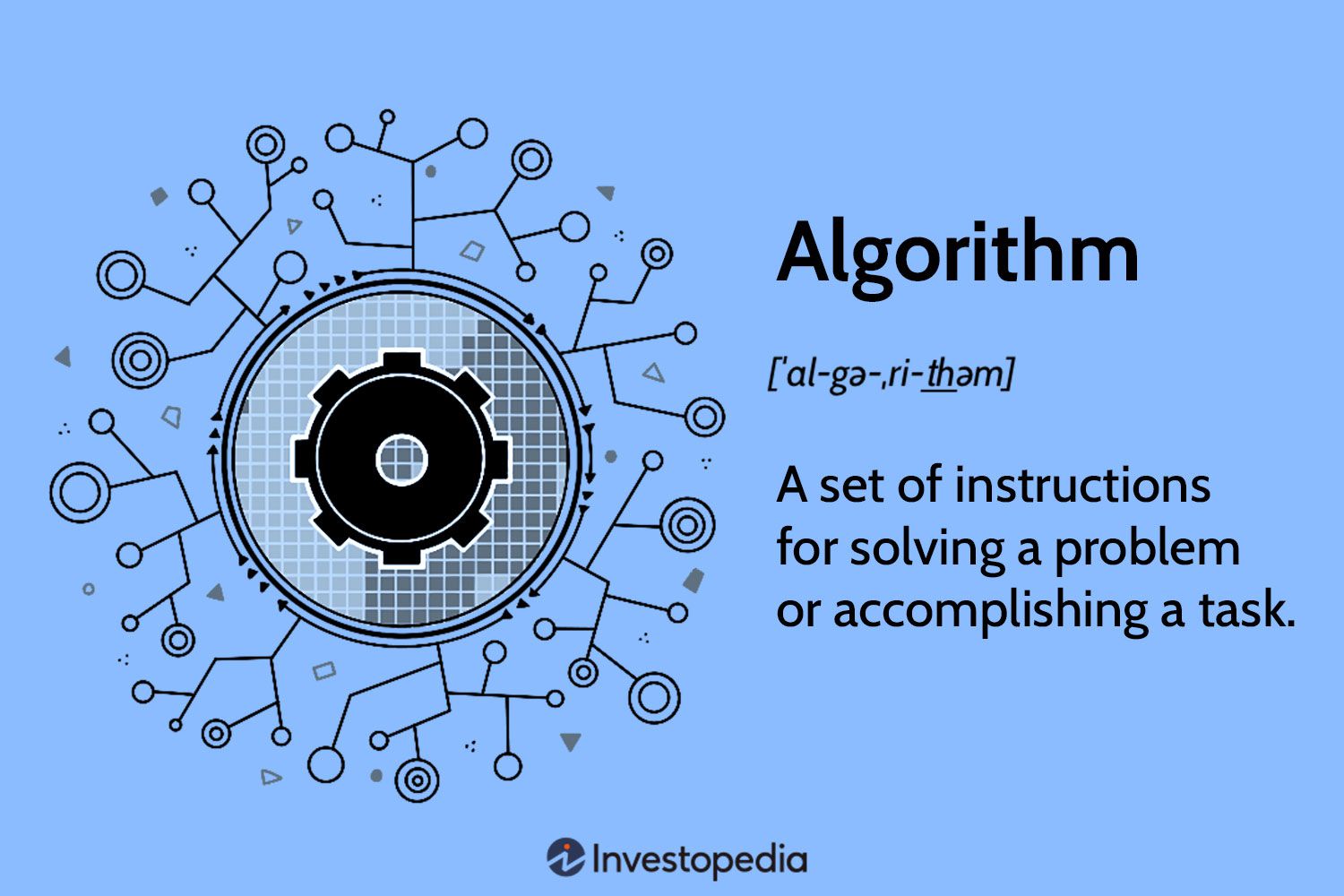Algorithmic trading, often referred to as “algo trading,” has revolutionized the financial markets by automating the execution of investment strategies. This technology-driven approach allows traders and investors to make data-driven decisions and execute trades at high speeds, offering numerous advantages in terms of efficiency and risk management. In this article, we will explore algorithmic trading, its benefits, and how it has become an integral part of modern finance.
What Is Algorithmic Trading?
Algorithmic trading involves using computer programs or algorithms to automatically execute predefined trading strategies based on specific criteria, such as price, volume, or market timing. These algorithms are designed to analyze vast amounts of data, identify potential trading opportunities, and execute orders in a fraction of a second. Here are the key components of algorithmic trading:
- Data Analysis: Algorithms rely on historical and real-time market data, news, and other relevant information to make informed decisions.
- Strategy Formulation: Traders and developers design algorithms that implement specific trading strategies, whether they are based on technical indicators, statistical arbitrage, or market sentiment.
- Order Execution: Once a suitable trading opportunity is identified, the algorithm automatically executes orders, such as buy or sell orders, based on the strategy’s parameters.
Benefits of Algorithmic Trading
Algorithmic trading offers a range of benefits, which has contributed to its widespread adoption in the financial industry:
- Speed and Efficiency: Algorithms can execute trades in milliseconds, far faster than human traders can. This speed minimizes price slippage and ensures that orders are executed at optimal prices.
- Emotionless Trading: Algorithms eliminate the impact of emotions on trading decisions. They stick to predefined rules, reducing the chances of impulsive or fear-driven trades.
- Risk Management: Algorithms can incorporate risk management parameters, such as stop-loss orders, to protect investments from excessive losses.
- Backtesting and Optimization: Traders can test and optimize their algorithms using historical data, allowing for the refinement of strategies before deploying them in live markets.
- Diversification: Algorithmic trading allows for the simultaneous execution of multiple strategies or asset classes, helping to diversify a trading portfolio.
- 24/7 Availability: Algorithms can operate around the clock, enabling traders to take advantage of opportunities in global markets regardless of their location.
- Reduced Costs: Automation reduces the need for human intervention, saving on trading costs and reducing the risk of manual errors.
Popular Algorithmic Trading Strategies
- Trend Following: Algorithms identify and capitalize on trends in asset prices, buying during upswings and selling during downswings.
- Statistical Arbitrage: Algorithms look for price discrepancies between related assets and execute trades to profit from these discrepancies.
- Market Making: Algorithms act as market makers by continuously quoting buy and sell prices, profiting from the spread between them.
- High-Frequency Trading (HFT): HFT algorithms make thousands of trades in a second, aiming to profit from small price differentials.
- Sentiment Analysis: Algorithms analyze news, social media, and other sources to gauge market sentiment and make trading decisions.
Challenges of Algorithmic Trading
While algorithmic trading offers significant advantages, it also presents challenges and risks:
- Technical Issues: System glitches, connectivity problems, or data inaccuracies can lead to significant losses.
- Regulatory Compliance: Compliance with financial regulations is essential, and changes in rules can impact trading strategies.
- Over-Optimization: Excessive optimization based on historical data can lead to strategies that don’t perform as well in real-time markets.
- Competition: The algorithmic trading landscape is highly competitive, with firms continually striving to gain an edge.
Conclusion
Algorithmic trading has become an indispensable tool in modern finance, offering a competitive advantage to traders and investors. By automating trading strategies, algorithmic trading systems can execute trades quickly, efficiently, and without emotional bias. However, it’s essential to approach algorithmic trading with a well-thought-out strategy and a focus on risk management to maximize its potential benefits while minimizing its associated challenges. As technology continues to advance, algorithmic trading is likely to play an even more prominent role in the financial markets of the future.
